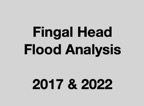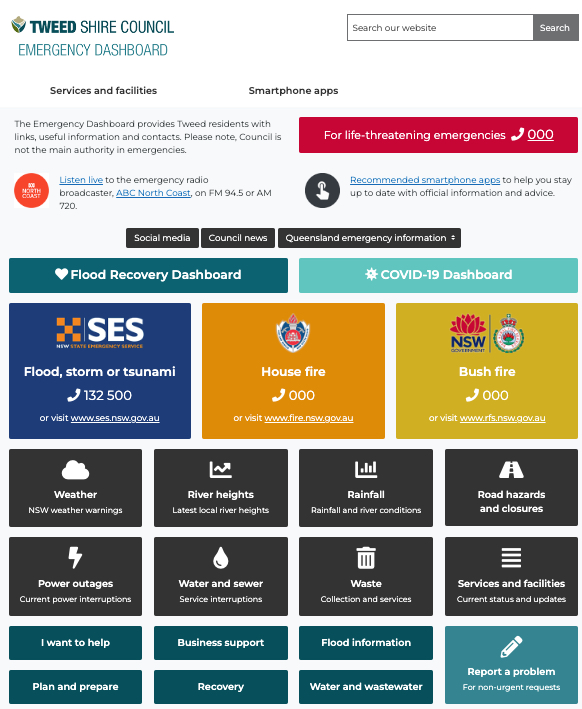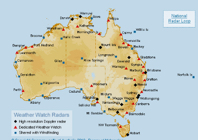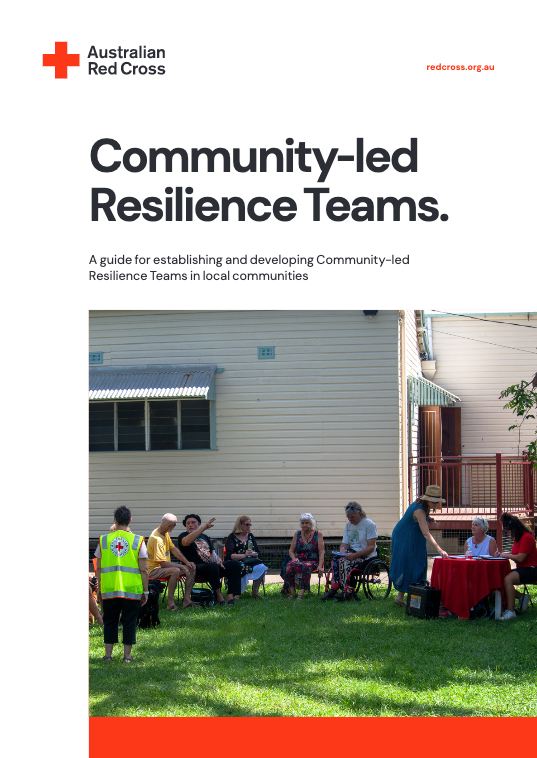Fingal Head Flood Awareness
Authorised Agencies will post flood warnings that may affect Fingal Head and other Tweed Valley residents. In these circumstances continue to follow your regular information sources such as ABC Radio or Hazards Near Me (App).
The FHCRT provides the following links to additional information sites that may assist you to assess flood impacts on our community in Fingal Head and Chinderah.
If you have any additional official warnings that may affect our community, you would like to share please email details to fhcamail@gmail.com.
- 24 hour Rainfalls – BOM: 128 km Brisbane (Mt Stapylton) 24 hour Rainfalls
. - Latest River Heights – BOM: Latest River Heights for the NSW Northern Rivers
. - TweedR at CHINDERAH latest River Heights – BOM.
– FINGAL ROAD FLOODS AT APPROXIMATELY 1.25m mAHD
– FLOOD LEVELS Low = 1.3, Medium = 1.7, High = 2.
. - TweedR at BARNEY’S POINT latest River Heights – BOM.
– FLOOD LEVELS Low = 2.2, Medium = 2.2, High = 2.9.
. - TweedR at TUMBULGUM latest River Heights – BOM.
– FLOOD LEVELS Low = 1.4, Medium = 1.8, High = 2.5.
. - Forecast Rain – BOM: Rain: Forecast Rain
Select State: NSW / Select District: Northern Rivers
. - National Warnings Summary: BOM.
. - Northern River Daily Rainfall – BOM.
. - Tide Predictions (Australia) – BOM: Tide Predictions for Australia
Select State: NSW / Select Location: Tweed Rivers
. - Tide Predictions Tweed River: WillyWeather: Fingal Old Boat Harbour Tides
. - Tide Predictions Tweed River: Tideschart: Tweed River Tides
.
Fingal Head Flood Awareness Read More »







